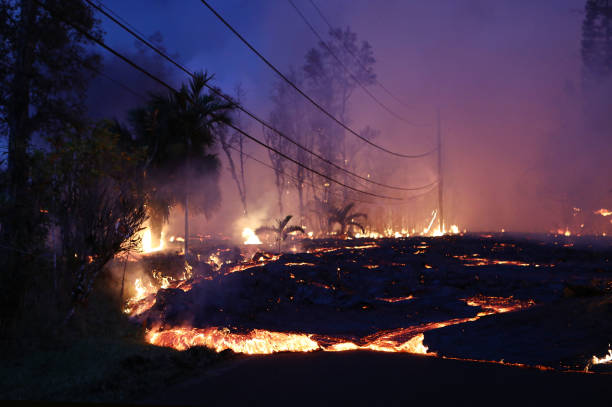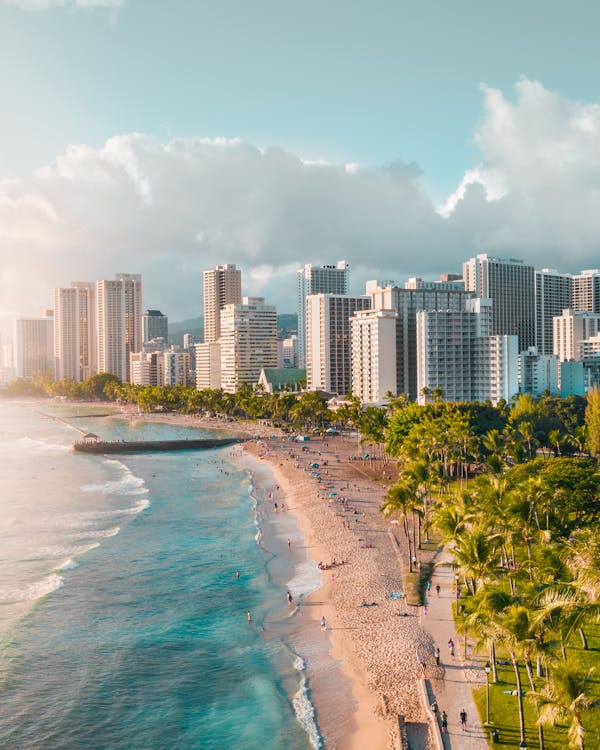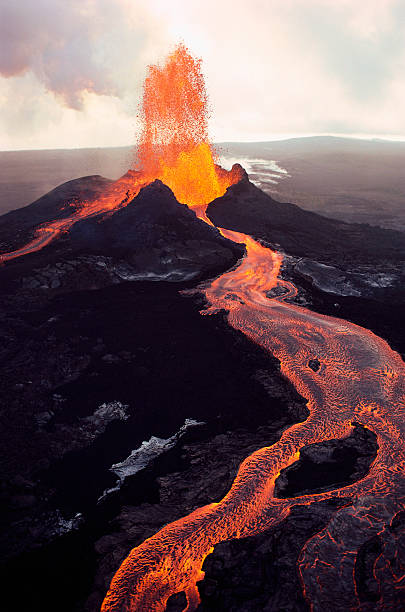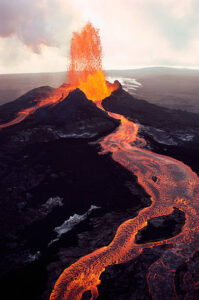The Kilauea Eruption on Hawaii’s Big Island has erupted once again, marking another exciting chapter in the history of one of the world’s most active volcanoes. The eruption has already begun drawing spectators and scientists alike as lava gushes from the surface of the volcano’s summit caldera. This latest eruption of Kilauea is confined to the volcano’s summit, which is within the protected Hawaii Volcanoes National Park, an area known for its frequent volcanic activity. Let’s dive into the details of the current eruption, potential risks, and what it means for residents and visitors.

The Kilauea Eruption: A Fiery Spectacle
Kilauea’s eruption began in the early morning hours of December 24, 2024, at around 2:00 a.m. local time. The Hawaii Volcano Observatory confirmed lava emerging through cracks on the surface of the caldera, marking the start of a dramatic volcanic event. Lava fountains, spurting molten rock into the air, can be seen in live webcam footage, offering a stunning view of the raw power of nature.
Kilauea’s eruptions are known for their intensity and frequency. This volcano has been in a nearly constant active state for years, with significant explosions occurring in 2024 alone. With Kilauea erupting in June and September and now this December eruption, the volcano continues to remind us of the dynamic forces beneath the Earth’s surface.
Hawaii Volcano Eruption: Impact on Local Communities
Although the eruption is limited to a remote part of Hawaii Volcanoes National Park, residents living nearby are being advised to remain alert to potential hazards. The most immediate threat from this eruption of Kilauea is the presence of volcanic haze or “vog.” Vog is a toxic mixture of sulfur dioxide and other gases that can worsen respiratory conditions such as asthma, as well as cardiovascular diseases. For people living downwind of the eruption site, air quality may deteriorate significantly, making it unsafe for vulnerable individuals.
Currently, the eruption is not posing any immediate physical threat to nearby communities. However, local officials in Hawaii are closely monitoring the situation to ensure the safety of residents and visitors. People in the affected areas are advised to take precautions to avoid the harmful effects of vog, such as staying indoors and using air purifiers when needed.
The Kilauea Eruption Zone: A Restricted Area
The area where this eruption is taking place has been restricted to the public since 2007 due to various hazards, including unstable crater walls, ground cracks, and the risk of rock falls. Hawaii Volcanoes National Park is one of the most active volcanic areas in the world, with both Kilauea and Mauna Loa – another famous volcano – located within its boundaries. For many years, scientists have been using the area to study volcanic activity up close, providing valuable information about the behavior of active volcanoes.
Visitors to the park have been warned to stay away from certain areas as there is always a risk of volcanic instability. Those who want to see Kilauea’s eruptions up close should do so from a safe distance while respecting the closure of hazardous areas.

Is Kilauea’s Eruption a Threat to Hawaii’s Future?
While Kilauea’s eruptions are awe-inspiring, they also raise questions about the long-term effects of volcanic activity on the environment and human settlements. Hawaii is no stranger to volcanic eruptions, and the Big Island itself is shaped by the constant movement of lava. Kilauea’s eruption serves as a reminder that the island is still a living, breathing geological entity. However, despite the potential risks, Kilauea’s eruptions are not uncommon, and much of the island is designed to withstand volcanic activity.
For tourists and locals alike, the Kilauea eruption serves as a reminder of nature’s incredible power and beauty. It offers an opportunity to witness one of the most spectacular natural phenomena on Earth, as well as understand the importance of respecting the forces that shape our planet.
In Summary
The Kilauea eruption is a thrilling spectacle for those lucky enough to witness it. From the dramatic lava flows to the ominous volcanic haze, this eruption provides a unique look at the raw power of nature. As Hawaii’s Big Island continues to evolve, Kilauea will undoubtedly remain a source of both wonder and caution. For now, residents and visitors should remain vigilant, keeping an eye on the dangers of the eruption.
Latest article
- Russian Cargo Ship Sinks: Ursa Major Tragedy Shocks Mediterranean Waters
- “Sports Today: Your Essential Guide to Crushing Week 17 Fantasy Rankings”
- “Is the Stock Market Open on Christmas Eve? Essential Insights on Stock Market Holidays 2024”
- Christopher Nolan’s The Odyssey: A Thrilling Take on Homer’s Epic
- Kilauea Eruption: Hawaii’s Volcano Erupts Again in Thrilling Display of Nature’s Power
- Nordstrom Family to Retake Control of Nordstrom in Landmark $6.25 Billion Deal












